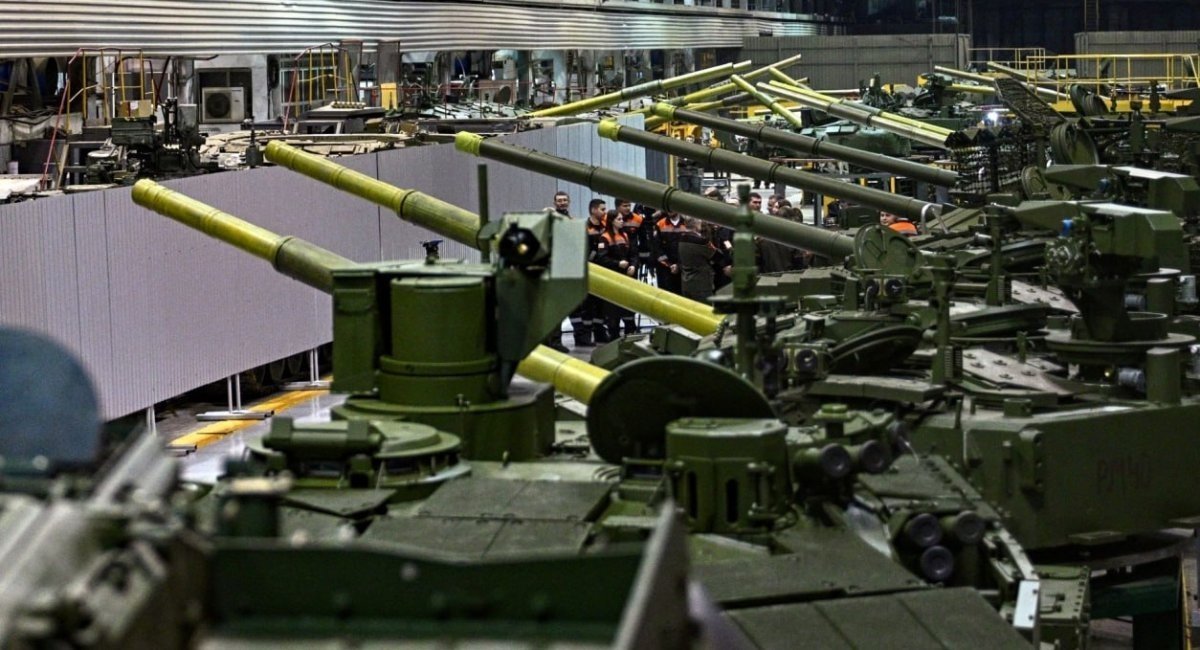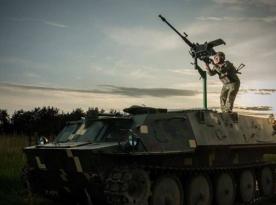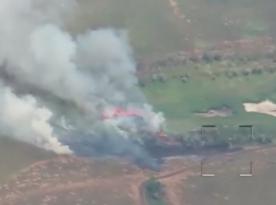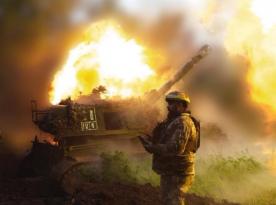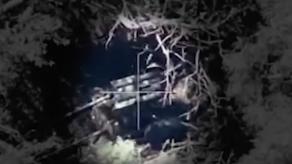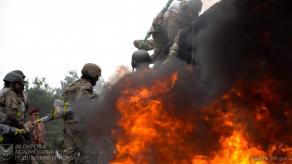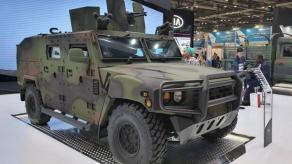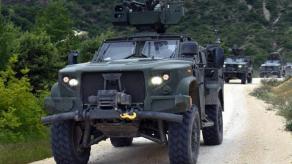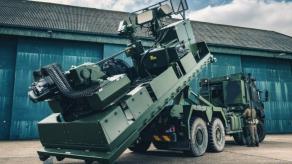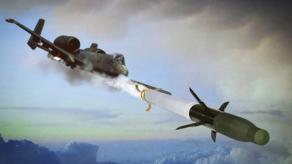The British publication The Economist has published another article, the main point of which is that as early as next year, russia's reserves of tanks and other types of armored vehicles may reportedly be depleted to the extent that the russian army cannot advance, potentially prompting putin to consider negotiating at least a short-term ceasefire.
According to The Economist, despite "russia having transitioned into a war economy, with approximately 8% of its GDP allocated to military expenditures, it can only replace its substantial losses of tanks, armored infantry vehicles, and artillery by accessing and refurbishing stocks accumulated during the Soviet era. Although these stocks are extensive, they are not infinite".
Read more: Army of russia Expects to Receive 1,500 Tanks, 3,000 IFVs in 2024–2025, and Scale Up BMP-3 Production
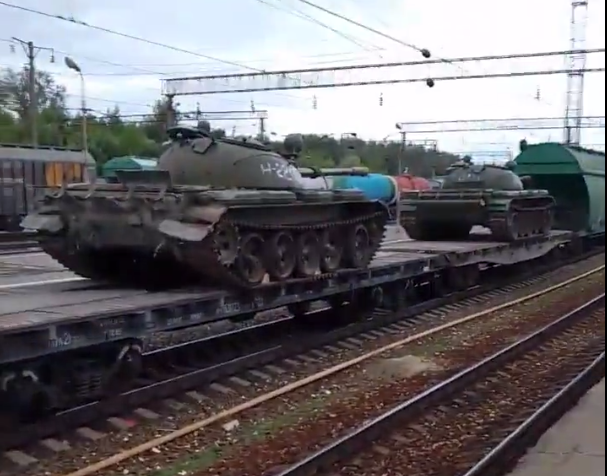
"According to most intelligence estimates, after the first two years of the war, russia had lost about 3,000 tanks and 5,000 other armored vehicles," the publication notes.
To compensate for such massive losses, russians have only one way - to take equipment out of conservation at storage bases beyond the Urals.
Pavel Luzin, an expert on russian military capacity at the Washington-based Centre for European Policy Analysis, reckons that russia can build only 30 brand-new tanks a year. Luzin reckons that russia’s ability to build new tanks or infantry fighting vehicles, or even to refurbish old ones, is hampered by the difficulty of getting components.
According to the publication, stores of components for tank production that were originally intended for use in 2025 have already been raided.
Crucial equipment, such as fuel heaters for diesel engines, high-voltage electrical systems, and infrared thermal imaging for target identification, were previously imported from Europe, and their sale is now blocked by sanctions.
The lack of high-quality ball bearings is also a constraint. Chinese alternatives are sometimes available but do not meet former quality standards.
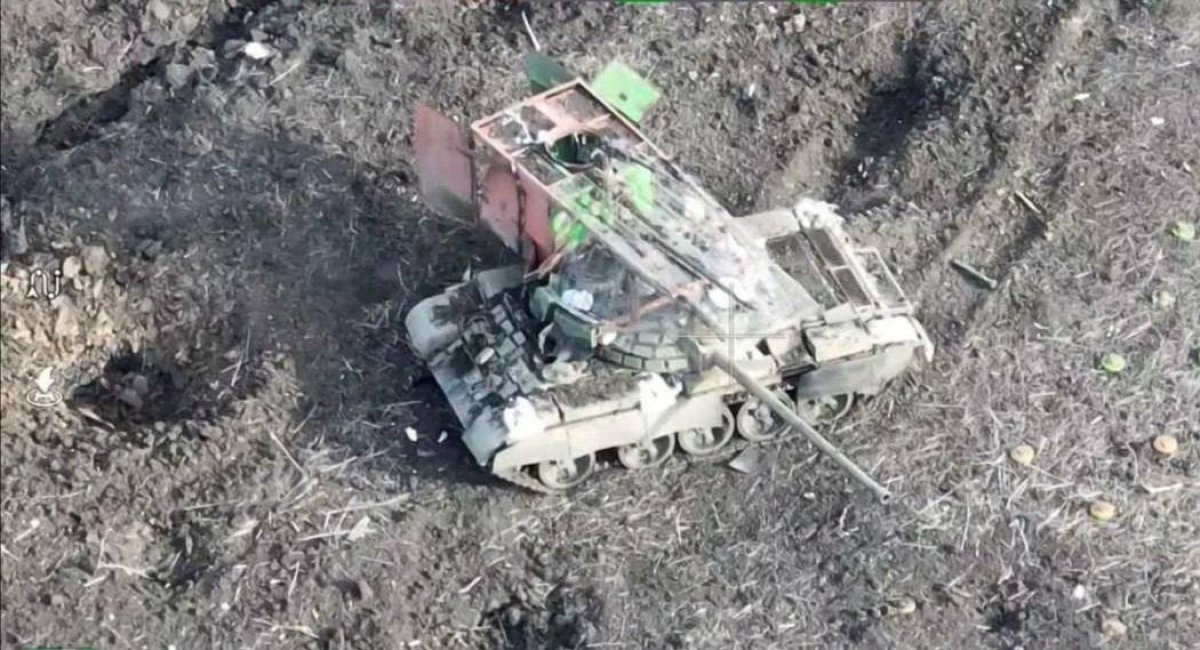
But the biggest emerging problem is with tanks and infantry fighting vehicles, which are still crucial to any offensive ground operations at scale.
The Economist also quotes IISS analyst Michael Gjerstad as saying that Russians may have at least another 3,000 tanks in storage bases, but supposedly these vehicles "have not moved an inch since the beginning of the war," which could be indicative of poor technical condition of these armored vehicles.
Richard Vereker, an open-source analyst, thinks that by the start of this year about 4,800 barrels had been swapped out. How long the russians can carry on doing this depends on the condition of the 7,000 or so that may be left.
Based on all these inputs, The Economist authors have concluded that russia's armament reserves may deplete by mid-2025, forcing the aggressor to abandon large-scale offensive operations. However, there are several weaknesses in these calculations.
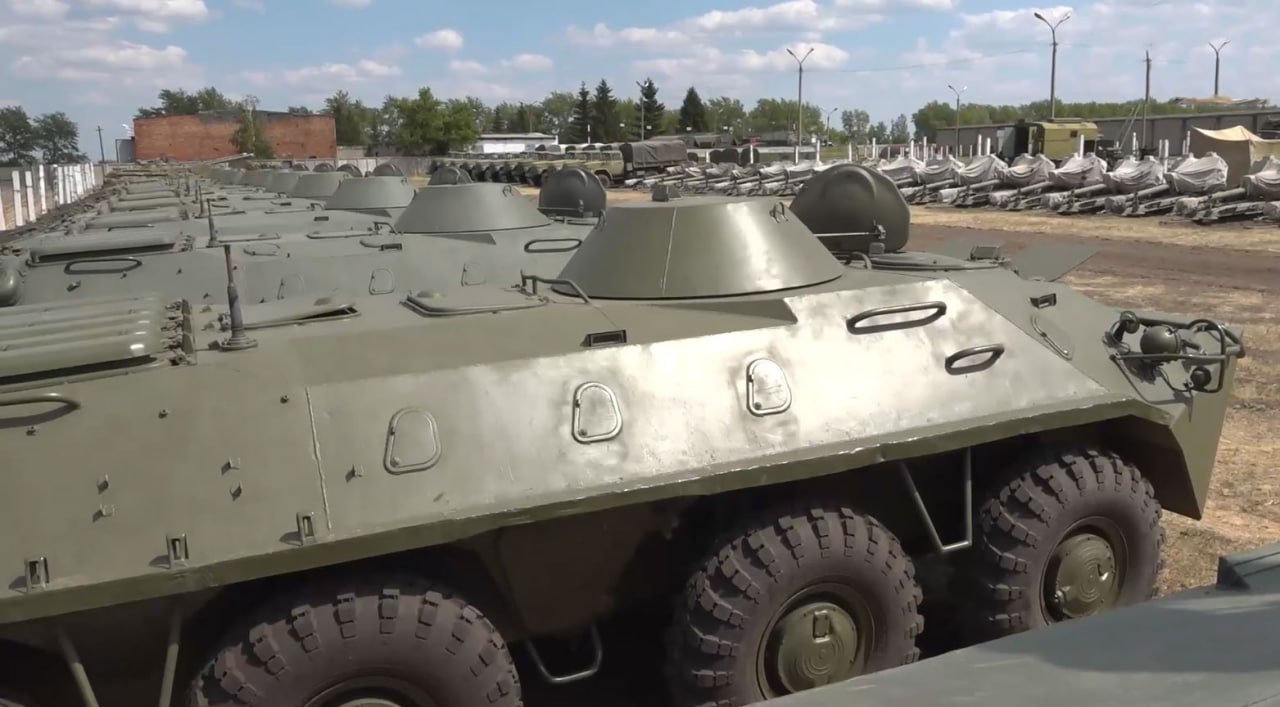
In particular, these calculations do not account for the equipment of the russian army that is currently undergoing repair at maintenance plants, meaning the actual stockpile of armaments could be significantly larger, thus pushing back the expected depletion timeline considerably. Overall, it's not entirely clear what exact effect these calculations are supposed to achieve in terms of supporting Ukraine.
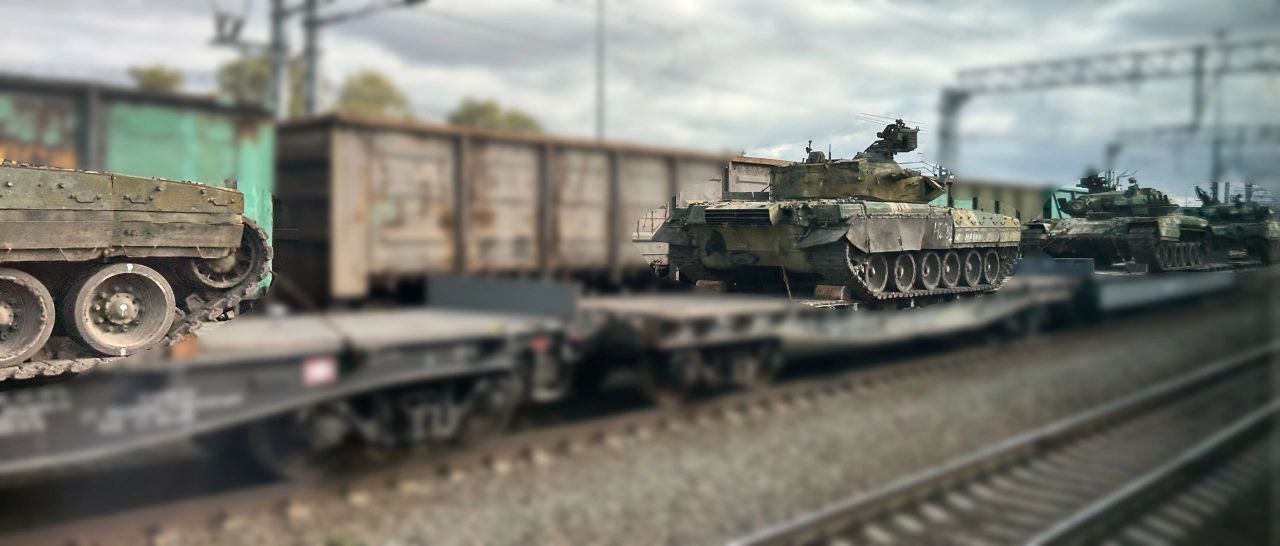
Read more: Researchers Counted Remaining T-80 MBTs in russian Storage, Enough to Keep the Army Supplied Until 2026




